
Basilica di San Vitale a Ravenna, i mosaici e il labirinto da non perdere
The church dates to the sixth century and includes an incredible array of mosaics. Construction on the basilica began in the year 526 and concluded in the year 547. The church has an octagonal plan, rather than the more typical basilica model, combining both Roman and Byzantine elements.

Eastern Roman The Basilica of San Vitale
The Basilica of San Vitale is a late antique church in Ravenna, Italy. The sixth-century church is an important surviving example of early Byzantine art and architecture, and its mosaics in particular are some of the most-studied works in Byzantine art. It is one of eight structures in Ravenna inscribed on the UNESCO World Heritage List.

Basilica di San Vitale Da vedere Ravenna, Italia Lonely
" is the mosaic of the Emperor Justinian and his court in the sanctuary of the church of San Vitale in Ravenna, Italy. This image is an integral part of a much larger mosaic program in the chancel (the space around the altar).
.JPG/1200px-Basilica_di_San_Vitale%2C_Ravenna%2C_Italia_(1).JPG)
Basilica di San Vitale (Ravenna) Wikipedia
Category: History & Society Also called: Basilica of San Vitale See all related content → San Vitale, Church of Interior of the Church of San Vitale in Ravenna, Italy. Church of San Vitale, church in Ravenna, Italy, that was built in the 6th century and is considered a masterpiece of Byzantine achitecture.

Visita Basílica de San Vitale en Ravena Expedia.mx
Basilica of San Vitale Via Argentario, 22 - Ravenna If you want to see up close the real essence of mosaic in Ravenna, you cannot miss the BASILICA OF SAN VITALE, UNESCO World Heritage monument since 1996 and one of the most important monuments of early Christian art in Italy and in the world.
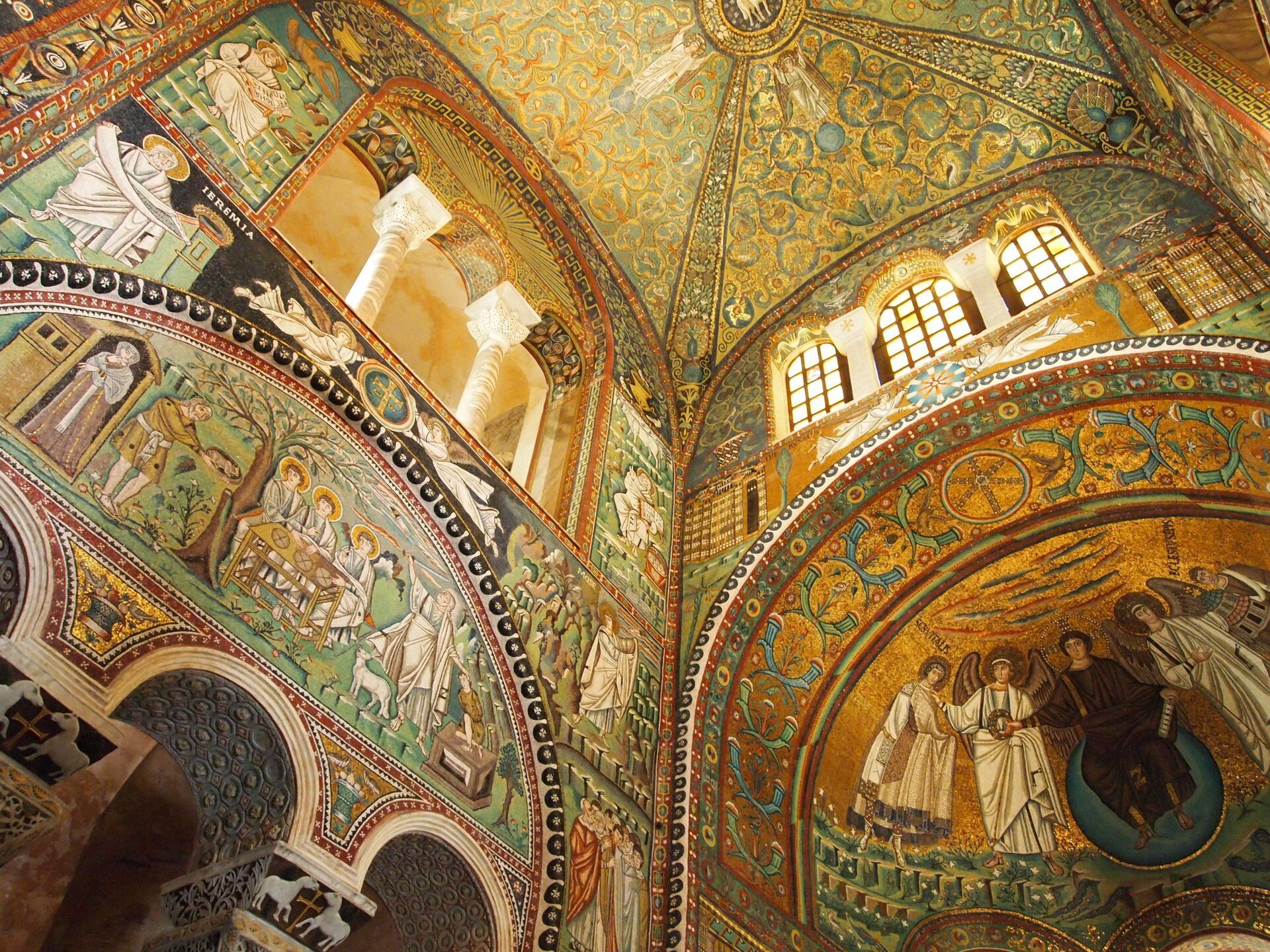
Visitare la Basilica di San Vitale a Ravenna Viaggi Low Cost
The Vatican announced on Thursday that the soaring baldacchino over the main altar of St. Peter's Basilica designed by Gian Lorenzo Bernini 400 years ago will undergo a major restoration.

Basilica of San Vitale Yahoo Image Search Results Basilica
San Vitale is one of the most important surviving examples of Eastern Roman "Byzantine " Empire architecture and mosaic work. It was begun in 526 or 527 under Ostrogothic rule. It was consecrated in 547 and completed soon after. San Vitale, begun c. late 520s, consecrated 547, mosaics date between 546 and 556.

Pin on Famous pieces of Religious Art.
San Vitale is a small domed church in the Byzantine architectural style. It has an octagonal plan, with a two-story ambulatory enclosing a central space beneath a great cupola. Attached at an angle to the west side is an entrance porch or narthex while a small choir and apse extends to the east. The great cupola is decorated with uninteresting.

Ode to the Centuries Art and Architcture in Italy Enchanting Travels
About History As a symbol of the Archiepiscopal Chancellery of Ravenna, San Vitale is one of the greatest works of late Roman art. Famous for its mosaics commissioned by Archbishop Maximian (546/556 AD), the basilica is a place of contemplation. While the body descends its steps the spirit rises to the Truth.

san vitale Szukaj w Google Byzantine architecture, Byzantine art
The Fantastic Basilica San Vitale is the Last Entirely Intact Byzantine Church Read Later Print When Byzantine Emperor Justinian conquered Italy in the 6th century, he continued the building of a fantastic, octagonal church, the San Vitale Basilica in Ravenna.
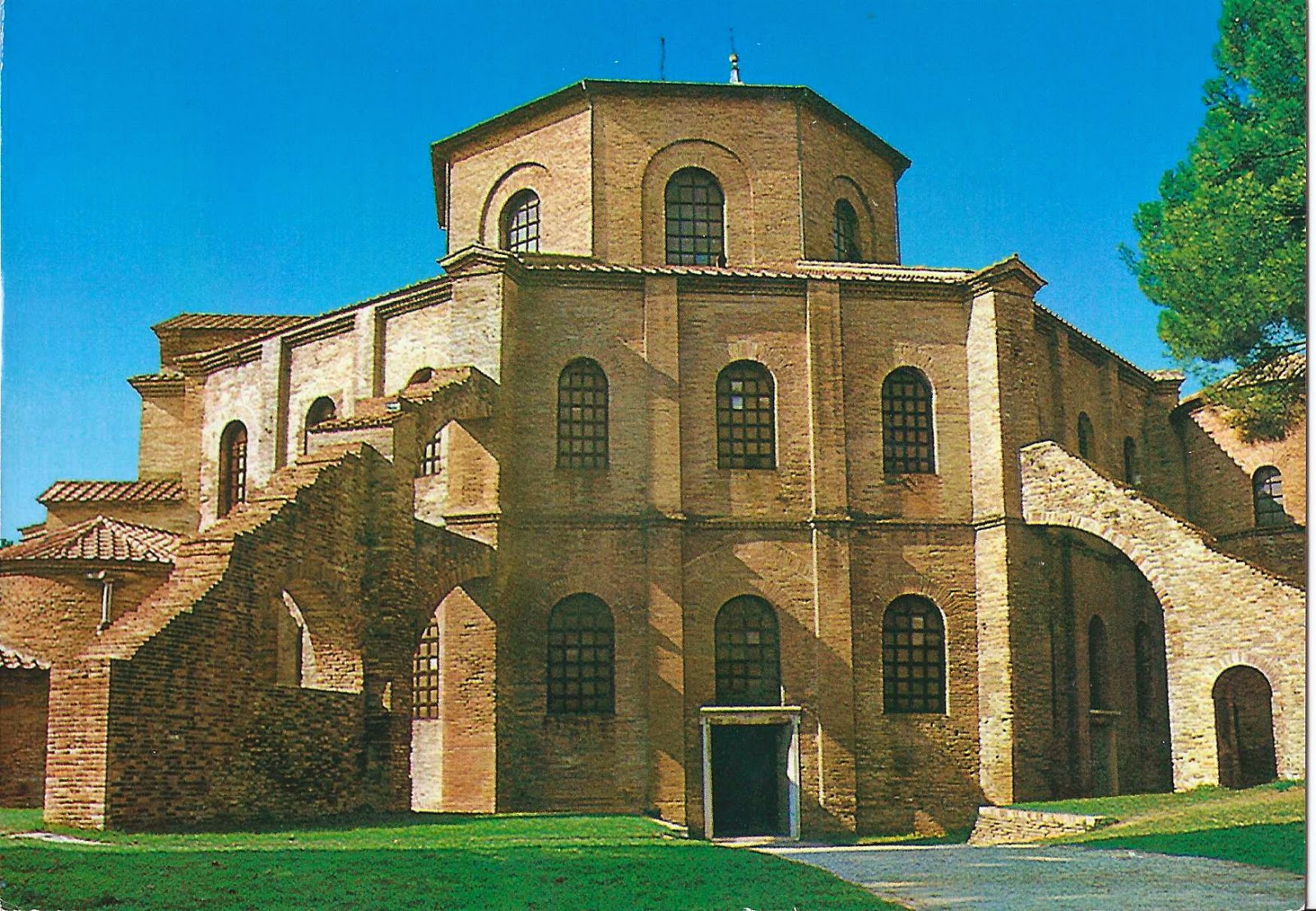
A Journey of Postcards Basilica of San Vitale, Ravenna Italy
San Vitale The Church of San Vitale, located in northwestern Ravenna, is a remarkable example of Late Antique architecture. While it was begun when Ravenna was still under Ostrogothic rule, it is Byzantine in style and similar to the Church of Saints Sergius and Bacchus built by Justinian in Constantinople around the same time.
Living Ravenna "Basilica di San Vitale" il Galletto Meteorologico
The Basilica of San Vitale is one of the top sights to see in Ravenna, Italy. This church dates from the early sixth century and is as interesting for its architecture as for its Byzantine wall mosaics. It influenced church architecture for centuries while the mosaics are the largest and best-preserved outside Istanbul.
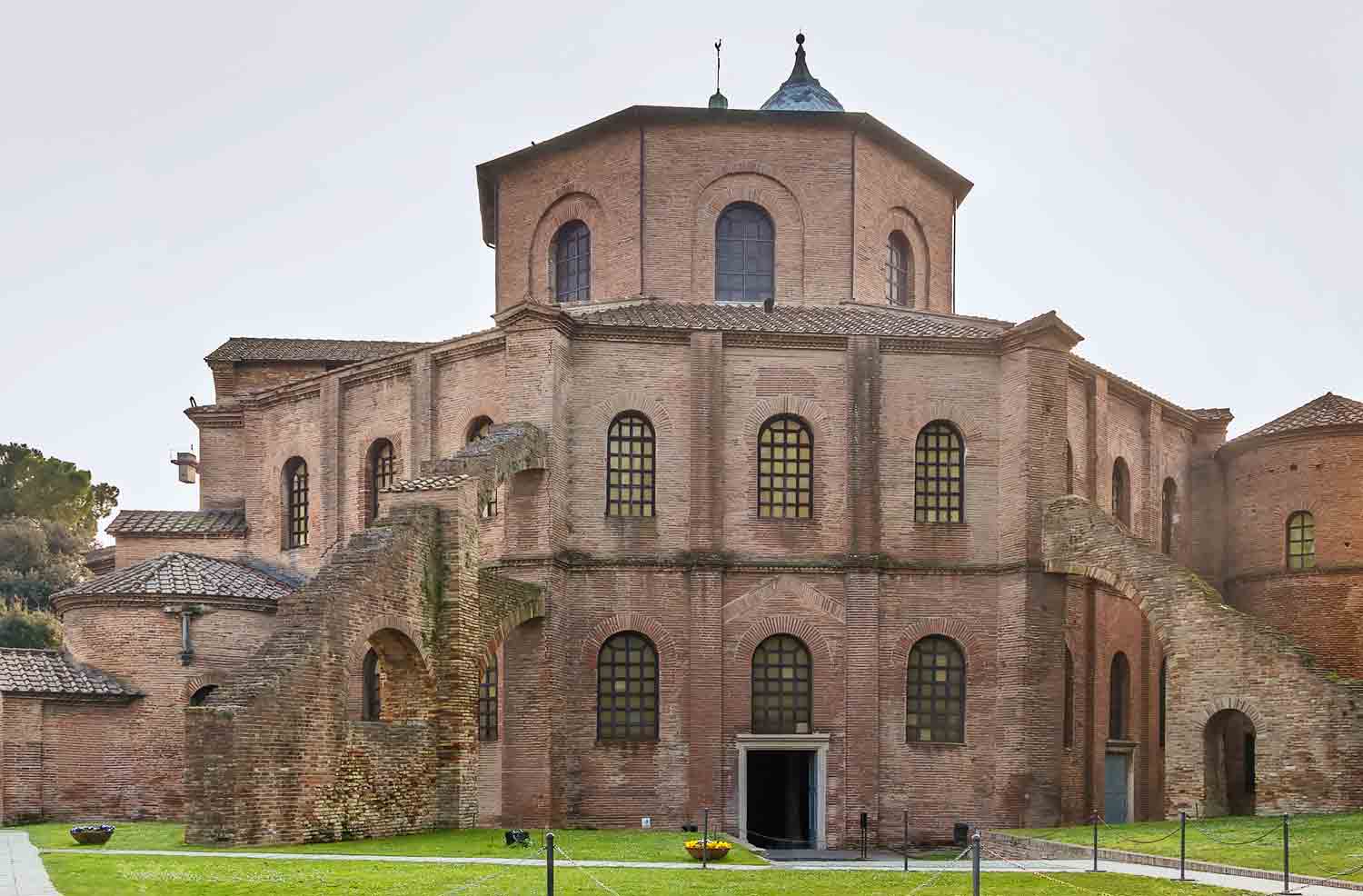
The top 10 sights of EmiliaRomagna Zainoo Blog
The basilica of San Vitale was built in the middle of the 6th century, under the rule of Emperor Justinian: it is the only church that remains from this period of history. It takes its name from Saint Vitale, a Roman slave who became a martyr and who was said to be buried alive in a well in this location.
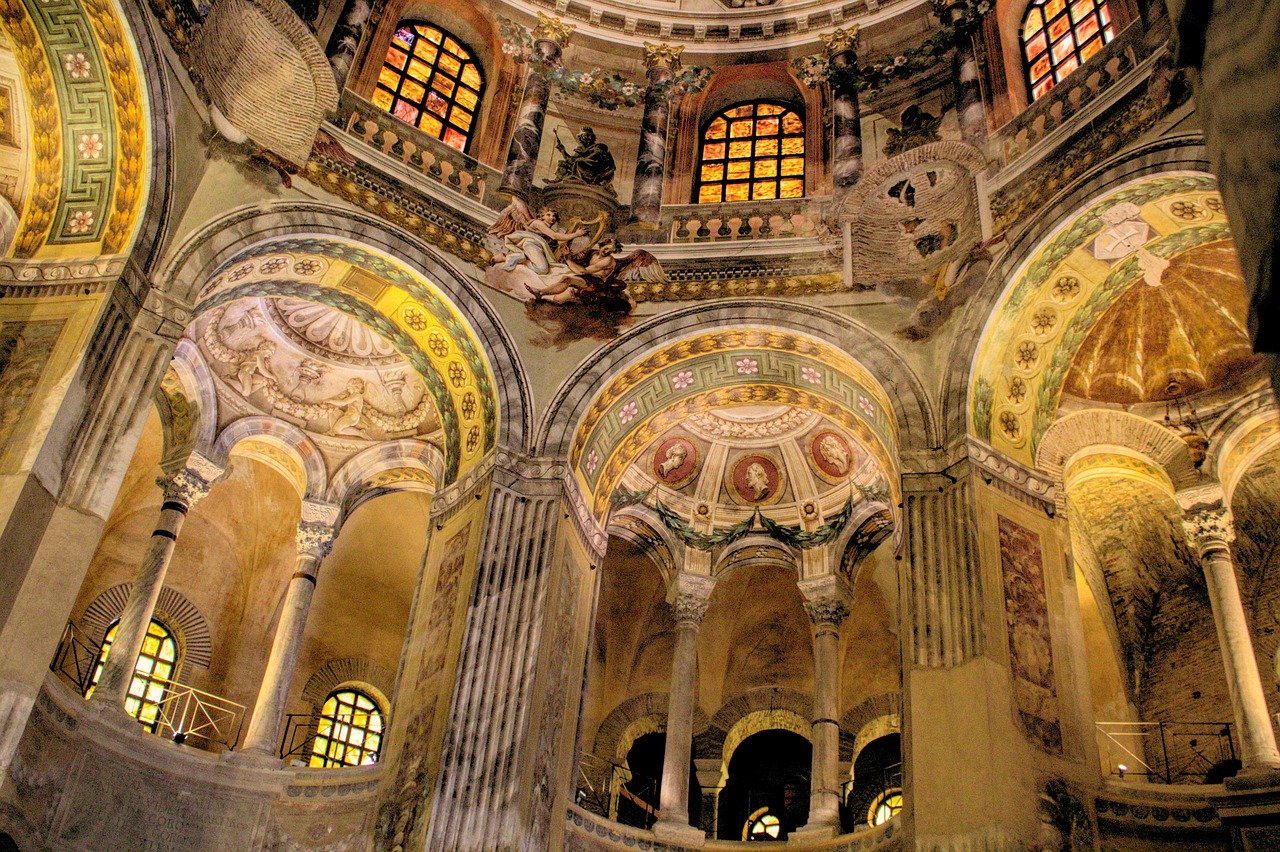
Basilica of San Vitale, Ravenna, Italy
The Basilica of San Vitale is one of the most important monuments of Early Christian art in Italy, especially for the splendour of its mosaics.Founded by Julianus Argentarius and commissioned by Bishop Ecclesius, the octagonal church was consecrated by Archbishop Maximian in 548. The influence of oriental art, a typical feature of Ravenna buildings, plays a dominant role both for the.

Basilica di San Vitale a Ravenna AVRVM
210 Basilica of San Vitale. deepbluehue (Atlas Obscura User) Completed in 547, this cathedral is world renowned for its Byzantine mosaics. All the mosaics are depicted in the Hellenistic-Roman.
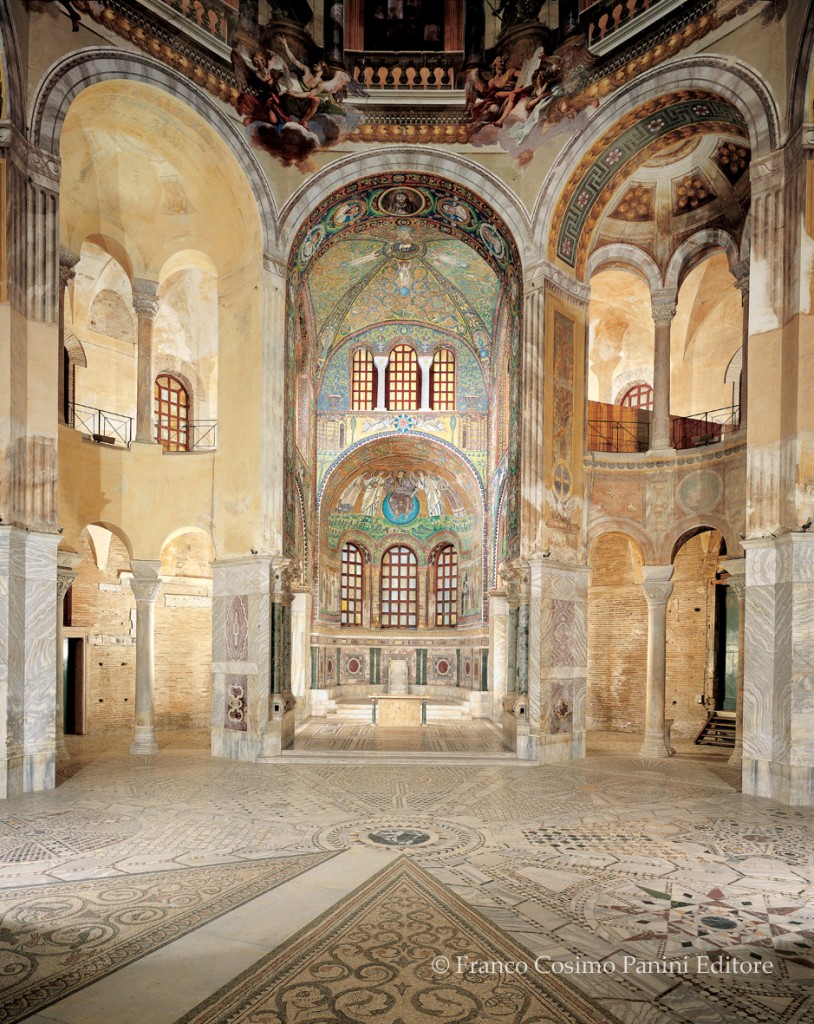
VIAGGIO IN ITALIA LA BASILICA DI SAN VITALE A RAVENNA Folia
Justinian and Theodora welcome you into the majestic gold of the Basilica of St. Vitale; experience the strong emotions that accompany entry into the Mausoleum Galla Placidia, where cobalt blue mosaics embrace a dome of golden stars. Accompany the Virgins and Martyrs of St. Apollinare Nuovo on their journey and stand awestruck before the.